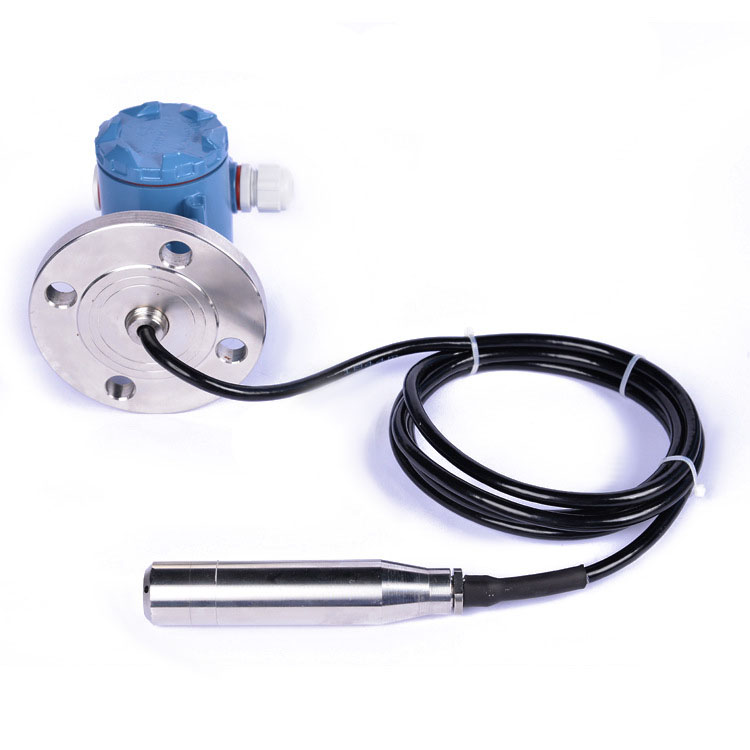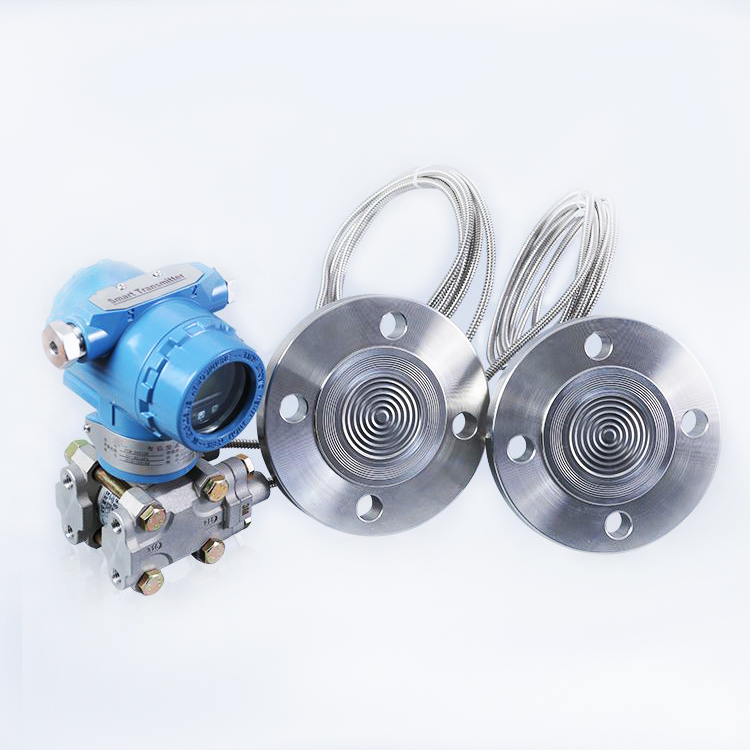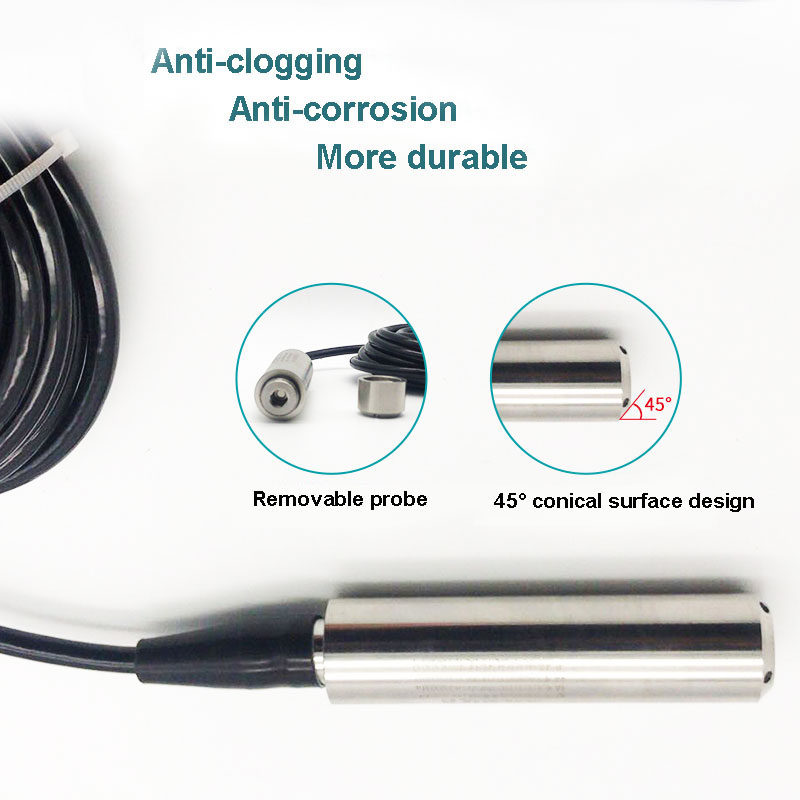At present, many PV owners who plan to hold power stations for a long period of time still have misunderstandings about PV operation and maintenance. It is generally believed that photovoltaic power generation is much simpler in terms of equipment and structure than wind power or other forms of power generation. Therefore, PV operation and maintenance is a very simple matter. thing.
At present, many photovoltaic operation and maintenance are based on photovoltaic power plant monitoring systems. The emphasis of power station operation and maintenance is on the troubleshooting and maintenance of large-scale equipment such as inverters and transformers, and faults in photovoltaic square arrays are often overlooked.
However, in fact, the failure rate of large-scale equipment such as inverters is much larger than that in the photovoltaic array. For a 30MW photovoltaic power plant, the proportion of photovoltaic array loss may be as high as 30%, which is also much higher than the loss rate of large-scale equipment. In other words, under the premise of guaranteeing the normal operation of large-scale equipment, photovoltaic phalanx should be the focus of the operation and maintenance of photovoltaics, and it is the main link to increase power generation. Therefore, the large number of photovoltaic array devices, frequent failures, and harsh environments have made the operation and maintenance of photovoltaics less simple, and quantitative changes have led to qualitative changes.
The photovoltaic operation and maintenance based on the photovoltaic power plant monitoring system has a certain blind spot. For a 50MW photovoltaic power plant, the monitoring system has 100 sub-flow collector box current monitoring screens, and the screen is dynamically swiped. From these screens, the operation and maintenance personnel locate the strings in the photovoltaic square array that have zero current or low current due to a fault. It is very difficult and takes more than 5 hours, and it is even more difficult to locate the strings with lower currents. In general, the operation and maintenance personnel may rely on the inverter power histogram and then perform troubleshooting on the low-power inverters. However, the square matrix corresponding to the inverter with average or high power is a blind spot for operation and maintenance. A large number of faulty clusters have become fishes, resulting in a staggering loss of electricity.
Therefore, the operation and maintenance of PV needs to change the traditional way of thinking. It also requires a set of intelligent and efficient solutions. Different from direct operation and maintenance of photovoltaic monitoring systems, intelligent and efficient operation and maintenance require the use of IT and big data mining techniques, combined with photovoltaic expertise, to achieve a simple, all-encompassing mode of operation and maintenance.
The liquid level transmitter can convert the changes of various level parameters into analog signals, and transmit them to the control room remotely for centralized display, alarm or automatic control of secondary instruments or computers. Its good structure and installation method can be applied to the continuous detection of liquid level, material level or material level under special conditions such as high temperature, high pressure, strong corrosion, easy crystallization, anti-clogging, anti-cold junction, and solid powdery and granular materials. , can be widely used in detection and control in various industrial processes.
Liquid level transmitters can be applied to liquid Level Measurement and control in industrial sites, rural water supply and sewage treatment, petroleum, chemical industry, power plants, hydrological monitoring, reservoirs, dams, hydropower construction and other fields of liquid level measurement and control. Liquid level transmitters have input type, straight rod type, flange type, threaded type, inductive type, screw-in type, floating ball structure design, with anti-blocking type design, simple device, convenient use and strong interchangeability , The high-quality sensor has high sensitivity and fast response speed, accurately reflects the slight changes in the flow or static liquid level, and has high measurement accuracy.
Advantages of Level Transmitters
1. The device is simple, easy to use, and has strong interchangeability.
2. It is suitable for measuring the liquid level and interface of the liquid medium in the container. In addition to on-site instructions, it can also be equipped with remote transmitters, alarm switches, and complete detection functions.
3. The reading is intuitive and eye-catching, and the direction of the observation indicator can be changed according to the user's needs.
4. The measurement range is large, not limited by the height of the storage tank.
5. The indicating mechanism is completely isolated from the measured medium, with good sealing performance, high reliability and safe use.
6. Simple structure, convenient installation, convenient maintenance, corrosion resistance, no power supply, explosion-proof.
7. The high-quality sensor has high sensitivity and fast response speed, accurately reflects the slight changes of flowing or static liquid level, and has high measurement accuracy.
8. With intrinsically safe explosion-proof and isolated explosion-proof capabilities, it can be used in various dangerous places.
9. With anti-blocking design, it can realize the measurement of the liquid level of paste medium.
10.100% equal division scale, LED/LCD indicator head, very convenient to read on site.
11.4~20mA two-wire signal transmission, strong anti-interference ability and long transmission distance.
12. Exquisite and unique zero point, full scale, and nonlinear compensation ensure the accuracy and stability of the instrument within the range of operating conditions.
13. The Pressure Sensor directly senses the liquid level pressure and is not affected by the foaming and accumulation of the medium.
14. Wide range of tested media can be used, such as oil, water and paste, with certain anti-corrosion ability.
Classification of liquid level transmitters
1. Single flange liquid level transmitter
Single-flange liquid level transmitters have flat flanges and flange liquid level transmitters with insert barrels, both of which are suitable for single-flange liquid level transmitters that use the gravity of the medium to be measured to measure the height of the liquid level. For medium with high viscosity and easy crystallization, it is generally used in open containers or equipment installations.

2. Double flange liquid level transmitter
The double-flange liquid level transmitter is a Differential Pressure Transmitter, which provides a reliable measurement method to prevent the measured medium from directly contacting the isolation diaphragm of the transmitter. The main features are the need to isolate the high-temperature medium from the transmitter, the measurement medium has a corrosive effect on the sensitive components of the transmitter, the suspension liquid or high-viscosity medium, the measured medium solidifies or crystallizes due to changes in the environment or process temperature, and the measured medium is replaced It needs to be strictly purified to measure the first class. Double flange liquid level transmitter is mainly used in the measurement of liquid level in sealed pressure vessels.

3. Submersible liquid level transmitter
The submersible liquid level transmitter has rod type and arm type. Its principle is based on the principle that the measured liquid static pressure is proportional to the height of the liquid. It uses the piezoresistive effect of diffused silicon or ceramic sensitive elements to convert the static pressure into electricity. Signal. After temperature compensation and linear correction, it is converted into 4~20mA current signal output. Due to the characteristics of this transmitter, such as convenient installation, strong adaptability, etc., it can perform high-precision measurement from water, oil to paste with high viscosity, and is not affected by the foaming and accumulation of the measured medium. It is generally used in open Devices for mouthpieces or equipment.

Level Transmitter,Differential Pressure Level Transmitter,Submersible Level Transmitter,Level Gauge
Wuxi Winsun Automation Instrument Co., Ltd , https://www.jswxwinsun.com
![<?echo $_SERVER['SERVER_NAME'];?>](/template/twentyseventeen/skin/images/header.jpg)